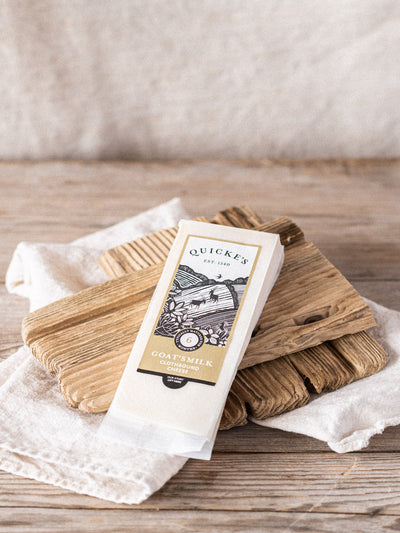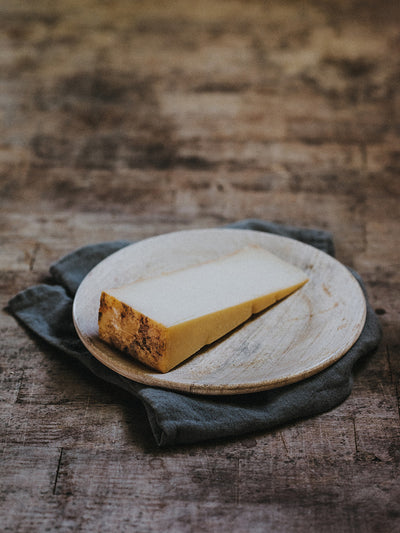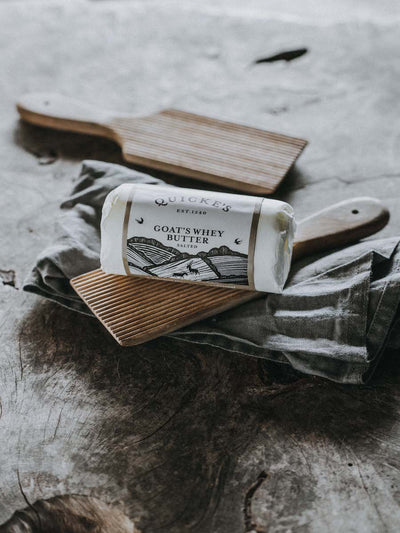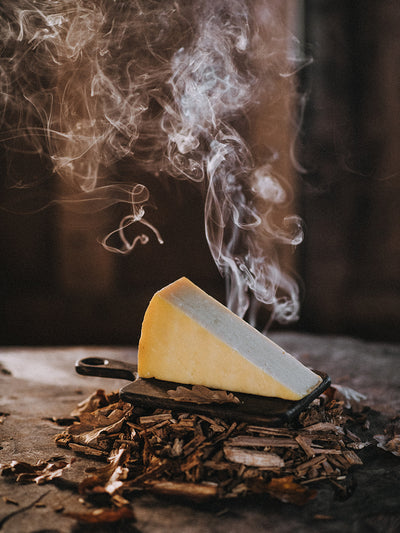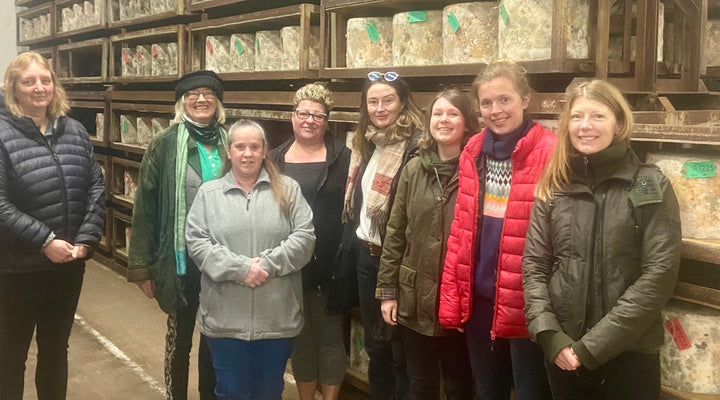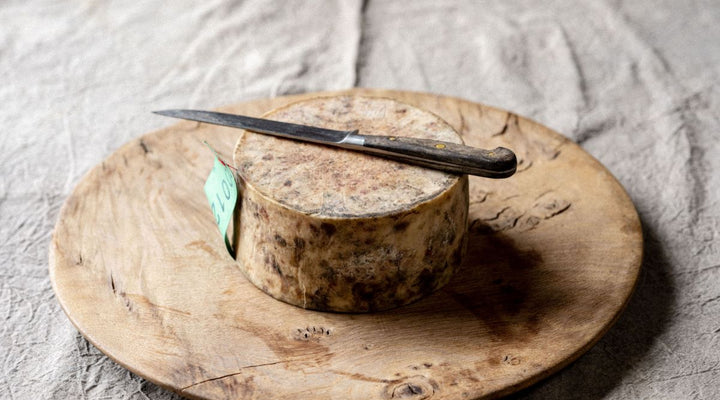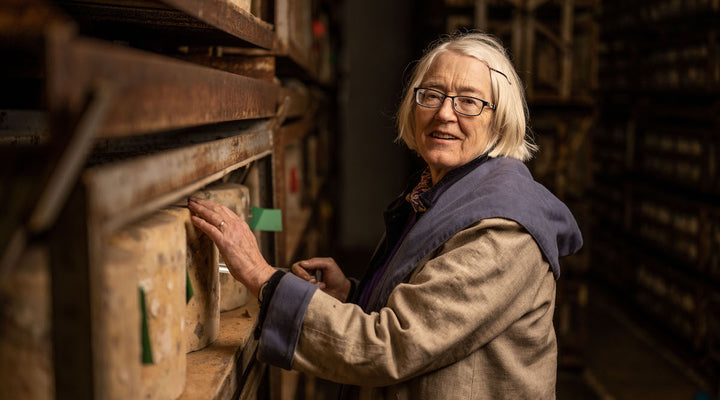Nature
We watched the swifts scything above the river, flying so fast. They feed on the insects drawn to the water and the wild areas on the edge of the field. Grass seed heads nod in the wind. Dragonflies and damsel flies fly crisply, their brief beauty the mating peak and end of their lives. Sit down, and shield bugs and grasshoppers come and investigate. Clover in the fields scents the air. The teasels, signs of old wool working homes, flower their strange architectural shape. It is our job as farmers to ask the natural world to give us food. That involves preferring some species over others. And it is so important we give room to the unpreferred bits of the natural world. It’s beautiful, infinitely diverse, and provides all those complex webs of life that we are part of and make this extraordinary planet our home. The specialist cheesemakers all went to our annual farm walk, this time in West Wales on the farm of the deep thinker Patrick Holden, as we grappled with how best we steward our precious land to produce delicious food and healthy ecosystems.
Arable
The wheat comes to harvest. The fields change colour so fast, from blue green leaf to pale green flowers, and now ripen to straw. Should we have catchy weather through August the fields darken as the ears age. A clanking combine cuts, threshes and separates grain and straw, work formerly done by whole communities anxiously checking the sky for rain clouds. Now it’s just us, and the combine travels around the area. We still anxiously check for rain clouds: the machines work no better than people in the wet, straw becoming uncuttable, grain unthreshable. Spring barley comes later, a bare five months from sowing, against wheat’s ten months. It’s lovely to see the poppies in the field: we share the field with some and not too many other species.
Cows
Age groups of heifers take up residence in a large field and cycle round, grazing one paddock at a time, and letting it rest till the grass is long and leafy. That way each mouthful counts, and is nutritious. The longer grass supports more insects: moths fly up as you walk through. The animals are curious when you show up, not just to see if you have any food, and also ‘who’s here? And will you play?’ As you walk away, you can feel reproachful gazes when you provide them only momentary interest. There’s always some good grazing to get on with.
Honey bees enjoy the clover flowers, as do the cows. I always feel the milk takes on that fresh aroma, with faint echoes in the cheese. Cows like leafy grass for milk. The autumn calving cows are all on their holiday from milking, growing their calves. We keep longer, more stalky grass for them to chew on: calving is easier if you aren’t too fat. We keep some grass longer, which gives wild flowers a chance to grow, giving interest to the cows as they rest and chat in a late pregnancy dream.
Dairy
We spend a fortnight cleaning and titivating our cheese dairy in August, getting to the parts we can’t normally get to and making sure everything is working for the year ahead. We start making again in mid August, team and dairy refreshed. We select the cheese to enter for the World Cheese Awards in November in Oviedo in Spain. When we grade our cheese at 3 months and 12 months, we make notes on the flavours we find as well as make qualities. Special cheeses we mark as ‘Show’. We then have the pleasure of going through this best of the best to send off and try their fortune against the finest cheeses in the world.
Recipe
August is National Goats Cheese month: our goats cheese is beautifully balanced, with gentle goat, buttery and almondy. I love it with the little beetroots you get at this time of year. To make a more substantial dish, I like the earthiness of puy lentils, with some fresh herbs chopped up and a good oil stirred in while lentils and beetroot are still warm. I’ve been enjoying some pumpkin seed oil. Boil lentils and beetroot separately. You can add washed chopped beetroot leaves to the lentils 5-10 minutes before the end of cooking to give a little succulence. Mix oil and chopped herbs in, I like to use parsley and marjoram. Season. Shave a good quantity of our Goat's Milk Cheese over the top. Drizzle a little more oil on the cheese. Enjoy with a green salad.
Mary Quicke

